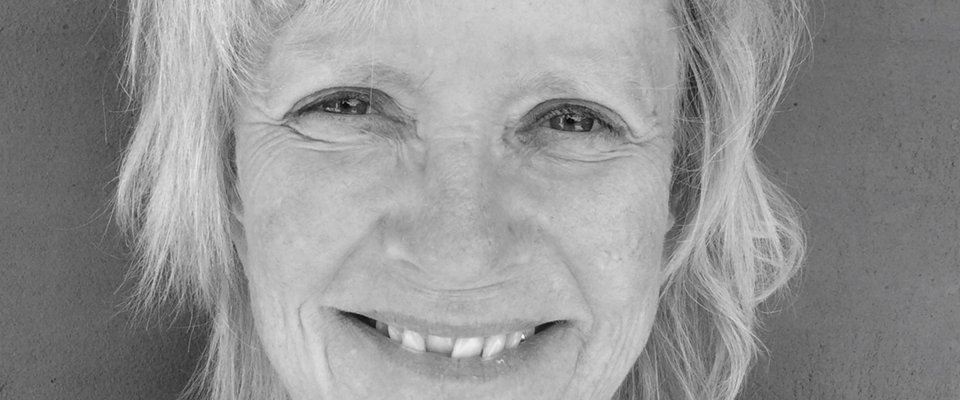It is with great sadness that we inform you that Bente Pakkenberg, former president for the International Society of Stereology (1996-2000) and international expert in neurostereology, passed away on April 14th, 2023.
Bente Pakkenberg dedicated her professional career to stereology. She graduated as a Medical Doctor in 1976 from the University of Copenhagen, received her degree as a Doctor of Medical Science in 1991, and was appointed Professor in neurology with a special focus on stereology in 2002, first at Aarhus University and later at the University of Copenhagen. After meeting Professor Hans Jørgen Gundersen in the early 1980s – a warm advocate for stereological quantification to study the number of cells in various organs using the disector – they joined forces and she devoted her career to developing and applying stereological techniques to the brain. This led to a new scientific field, neurostereology, as well as a lifelong collaboration and friendship. Throughout her career Bente Pakkenberg continued to propel the field of Neurostereology forward and published countless scientific publications using stereological quantification of brain structures in animals and humans. In 1988 she became the director of the Research Laboratory for Stereology and Neuroscience, a position she held until her retirement in 2021. Under her leadership, the brain bank at the Research Laboratory grew to an impressive volume of >1400 human brains, a legacy which will serve (Danish) neuroscience for decades to come.
Bente Pakkenberg is perhaps, best remembered for her seminal work on the number of neurons in the cerebral cortex of men and women [1], showing a sexual dimorphism with men having an average of 23 billion neocortical neurons and women 19 billion. This finding sparked debate not only in the scientific community but also in wider public – because, as Bente Pakkenberg always said, tongue in cheek, “what on earth do men do with those extra neurons?”. Her research has also provided bench mark numbers for how our brain develops over time, with an average of 171 million neurons added each day during fetal development from week 22 until birth [2], where we have as many neurons as in adult life, but only a third of the glia cells [3], and how, with age, we lose an average of 10% of the neuronal population in the neocortex [1]. Surprisingly, her seminal study of centenarian brains showed that the age-related loss stagnate somewhere between 80 and 90, and living to be a 100 years does not cause further loss, or perhaps, those living to be a 100 years old had more to start and thus a reserve of neurons [4].
Bente was a gifted communicator and advocate for stereology. She was very active within the stereology community as a lecturer on the many stereology courses which were held in all corners of the world in the 1990’ies, as conference speaker to the broader scientific community, and to the public through her engagement in the brain week and with patient associations.
Bente will always be remembered for her positive attitude, life-affirming and warm personality as well as her dedication and significant contribution to the progress of stereology in neuroscience.
On behalf of current and former employees and affiliates at the Research Laboratory. Sanne S. Kaalund, Susana Aznar, Karl-Anton Dorph-Petersen, Mikkel V. Olesen
- Pakkenberg B & Gundersen HJ. Neocortical neuron number in humans: effect of sex and age. J Comp Neurol. 1997;38:12-20.
- Samuelsen GB, Larsen KB, Bogdanovic N, Laursen H, Græm N, Larsen JF, Pakkenberg B. The changing number of cells in the human fetal forebrain and its subdivisions: A stereological analysis. Cereb Cortex. 2003;13:115-122.
- Pelvig DP, Pakkenberg H, Pakkenberg B. Neocortical glial cell numbers in human brains. Neurobiol Aging. 2008;29:1754-62.
- Fabricius K, Jacobsen JS, Pakkenberg B. Effect of age in neocortical brain cells in 90+ year old human females – a cell counting study. Neurobiol Aging. 2013;34:91-99.

